On a crisp, South Dakota morning in October 1927, Danish sculptor Gutzon Borglum repelled down the granite face of a local Black Hills mountain. He carried with him a chisel and drill, beginning a project that would take him 14 years to complete. Mount Rushmore – the majestically carved faces of George Washington, Thomas Jefferson, Abraham Lincoln, and Teddy Roosevelt – would become one of America’s most beloved, and most controversial, monuments.
It’s been called the “Shrine of Democracy” and “the utter desecration of the Native American land on which it was built.” But Mount Rushmore is now also a metaphorical vessel for any fascinating debate to determine the best of the best… of anything. I was recently at a sporting event with a bunch of friends and, to kill some time before the game, someone had an idea. “If there was a Mount Rushmore for Sports, who would be on it?” (For the record, the answer is: Muhammed Ali, Michael Jordan, Simone Biles, and Michael Phelps.) It’s a fun, fascinating, insanely subjective question to consider and that’s what makes it so fun. It got me to thinking. If there was a Mount Rushmore for challenger brands, which ones would make the cut?
The Challenger Brand Fab Four, 20th Century.
Not surprisingly, there is no shortage of great challenger brands that could stake their claim as one of the four best ever. Here at LOOMIS we have enjoyed a vigorous debate. But after several cold beverages and way too much chocolate, we did agree on one thing: this is too much fun to confine to one list. So, to keep the party rolling, we’re naming our Challenger Brand Mount Rushmore, 1950-2000 here and in November, we’ll look at our Challenger Brand Mount Rushmore for the 21st Century.
By most consensus, marketing as we know it started in the early 1950s as brands like Proctor & Gamble, Unilever, and General Foods developed the brand management discipline to grow and differentiate their products from their competitors. At the time, building brands vs. selling products was a whole new concept. But by the mid-1960s, it was an idea consuming Madison Avenue and one that found its stride in a young New York ad agency called Doyle Dane and a brilliant creative director named Bill Bernbach, the man destined to become the “B” in DDB and the father of creative advertising. It’s only fitting that one of DDB’s brands gets the first slot in our challenger brand Mount Rushmore.
AVIS
Before Bill Bernbach ushered in the creative revolution, Hertz was the dominant rental car company in America. But with one extraordinary insight and an unexpectedly self-deprecating ad for Avis, Bernbach changed the way brands viewed creativity and initiated one of the most talked-about underdog challenges in advertising history.







